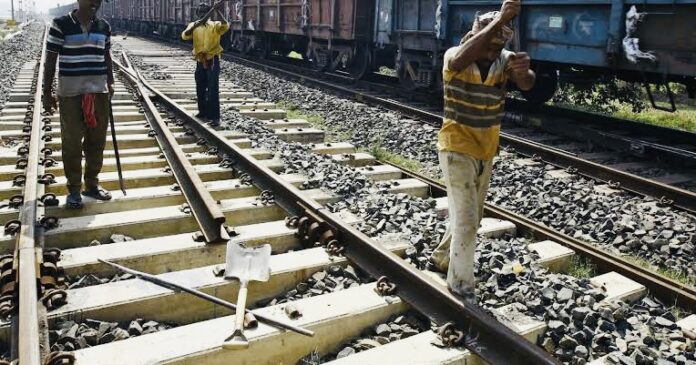The Great Indian Railways, one of the largest railway networks in the world, serves as the lifeline for millions of commuters daily. While aluminum is indeed rustproof and lightweight, it is intriguing to ponder why it is not used extensively for tracks and wheels. In this article, we delve into the factors that contribute to the Indian Railways’ preference for steel over aluminum.
Despite aluminum’s rustproof properties, it has certain drawbacks when it comes to durability. Aluminum, being softer than steel, is prone to deformation under heavy loads, which could compromise track integrity and safety. Steel, on the other hand, provides robustness and can withstand the weight and stress exerted by trains, ensuring longevity and reduced maintenance requirements.
Aluminum, although rustproof, is considerably more expensive than steel. Considering the vast expanse of the Indian Railways network and the immense quantities of materials required, the cost differential would be significant. The budgetary implications of switching to aluminum for tracks and wheels would be substantial, making it an economically impractical choice.
Another crucial factor is the compatibility of aluminum tracks and wheels with the existing infrastructure. The Indian Railways has been built and maintained with steel components for decades. Transitioning to aluminum would necessitate extensive modifications to bridges, platforms, signaling systems, and maintenance facilities. The logistical challenges and costs associated with such an overhaul would be prohibitive.
While aluminum possesses desirable qualities such as rustproofness and weightlessness, the Indian Railways continues to rely on steel for tracks and wheels. The decision is rooted in considerations of durability, cost-effectiveness, and compatibility with existing infrastructure. While advancements in technology may provide opportunities for incorporating aluminum in specific applications, the current preference for steel ensures a reliable, safe, and efficient railway system for the millions who rely on it every day.

